Kanji for ‘Circle’, and ‘Yen’: 円
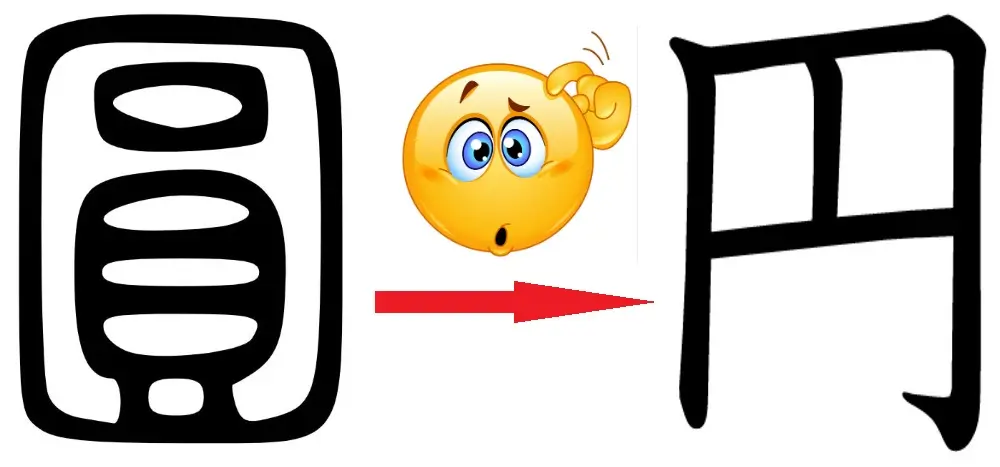
The Japanese Kanji for ‘Circle‘ is 円. Please note that 円 is also the Kanji for ‘Yen‘.
The kun’yomi (Japanese reading) pronunciation of the Kanji 円 is “maru-i” (まる-い), and the on’yomi (Chinese reading) pronunciation of 円 is “en” (エン).
The Kanji 円 appears in 703 Japanese names. However, in names, it is pronounced as ‘Tsubura‘ (つぶら), ‘Nobu‘ (のぶ), ‘Madoka‘ (まどか), or ‘Mitsu‘ (みつ).
Circle’s Kanji 円 is constructed with 4 strokes. It is part of the JLPT N5 syllabus (please check the list of JLPT N5 Kanji) and is taught in grade 1 in Japanese schools.
Origin of the Kanji 円
Like most other Kanji characters, the shape of the Kanji of ‘Circle’ or ‘Yen’ (en) evolved over time to its current shape 円. However, unlike many other Kanji characters, the construction of this Kanji has undergone such a drastic transformation that we cannot relate it to its origin.
The following illustration shows the ancient shapes of the kanji 円 and how we write it today:
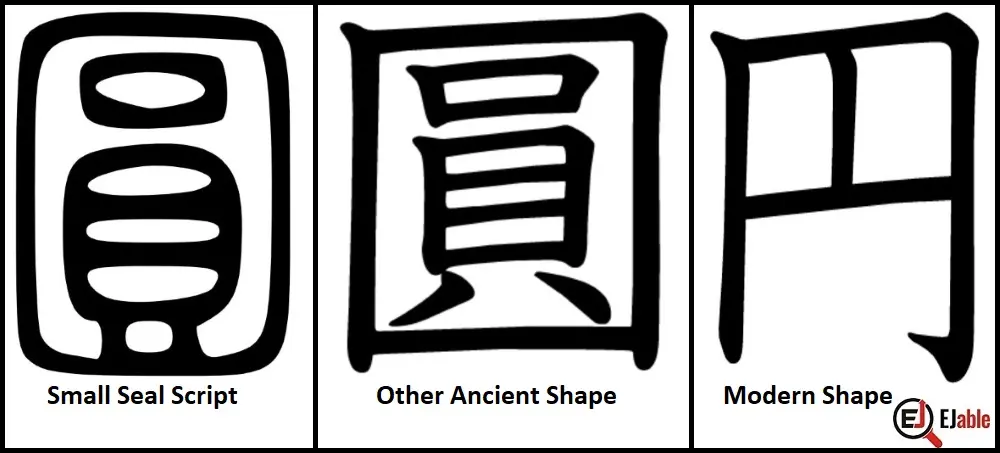
The above illustration shows the ancient shape of the kanji 円 in the small seal script and another later ancient shape, or kyujitai, and how we write it today (shinjitai).
As mentioned earlier, the modern shape does not resemble its original shape, so let’s first try to check on the logic behind the original shape of the Kanji, meaning ‘circle.’
If we look at the above illustrations, we can see that the second shape 圓 closely resembles the shape of this Kanji in the small seal script. So, we can deduce that in both old shapes, we have 員 in an enclosure.
The origin of 員 was a bronzeware vessel, and this Kanji was originally used as a counter to count such vessels. The bottom of this Kanji is the legs of a vessel, the middle part is the vessel, and the top is the opening of this vessel. Later, this Kanji meant personnel or number of people, the same meaning we have today. Let’s have a look at the following illustration:
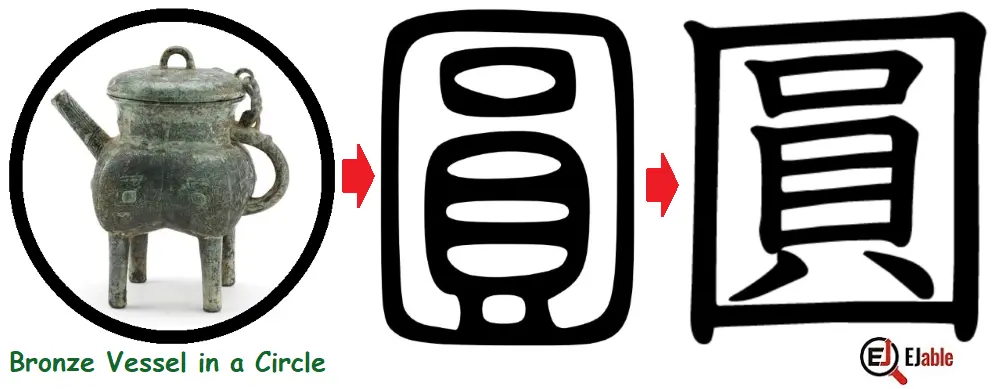
Why a Bronze Vessel in an Enclosure Meant Circle?
After the Stone Age, the Bronze Age was an important period in human civilization’s history. Bronze became the center of everything, from tools to weapons to vessels. With this logic, we can associate a bronze vessel in an enclosure to mean something all around or a circle.
Why did the Kanji for ‘Circle’ mean ‘Yen’ (Currency)?
Before currency notes came into the picture, currency was only in the form of coins, which were always circular or round. Moreover, the currency is always in circulation. Even if we save it in a bank, the banks invest or circulate it. With these logics, we can easily associate the Kanji representing a circle with the Kanji for currency or Japanese yen.
Mnemonic for Kanji 円’s Meaning as ‘Circle’ or ‘Yen’
As we have discussed, the Kanji 円 does not resemble its original shape at all; it’s not possible to remember the current shape with the mentioned logic to associate it with a circle or currency (yen). Therefore, let’s use the following illustration to remember it:
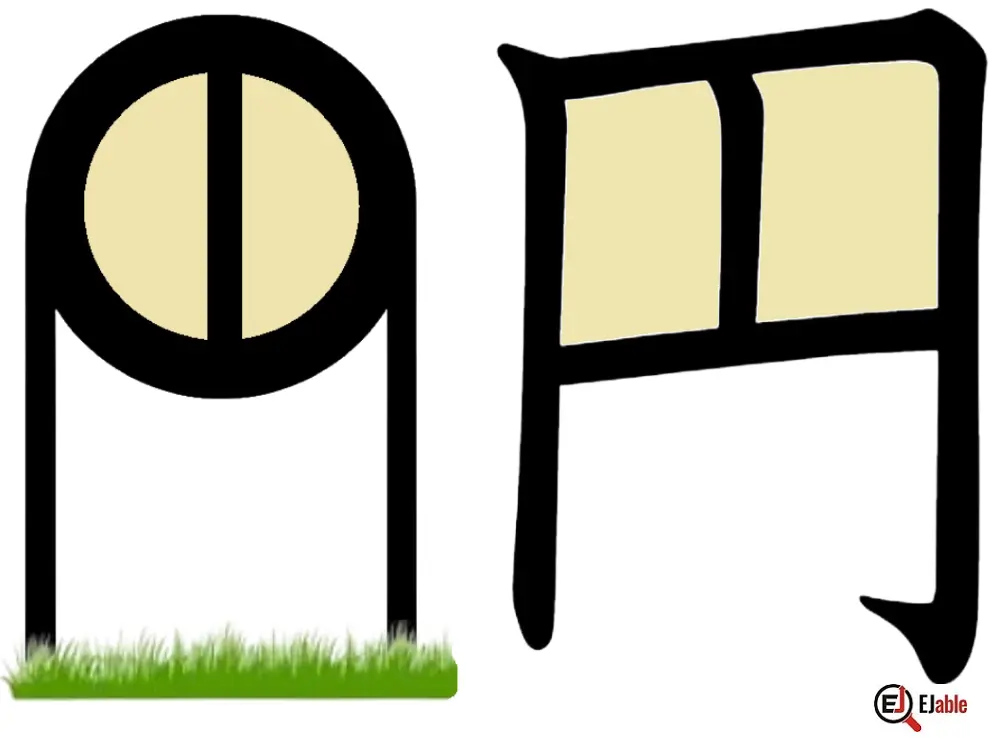
Stroke Order for the Kanji 円
The following illustrations show the order of the 4 strokes to write the Kanji 円:
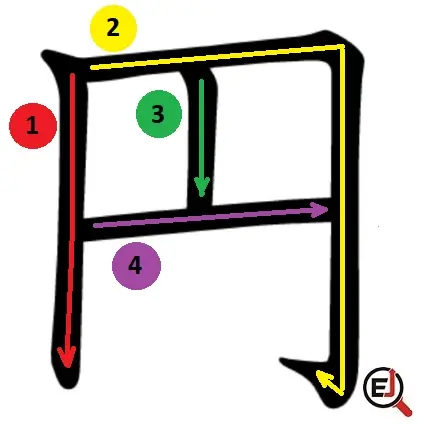
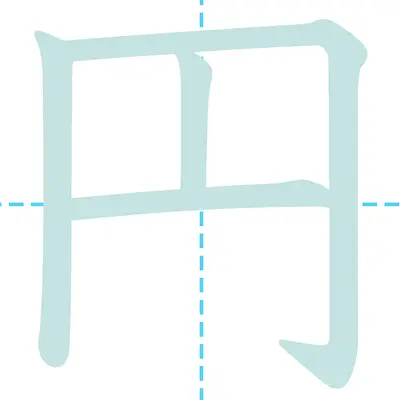
Circle (円) as a Component in other Kanji Characters
The Kanji 円 is used as a component in 15 Kanji characters; however, none of those is Jōyō (commonly used) Kanji.
円 Kanji in Compounded Words
There are 133 Japanese words that begin with the Kanji for “enter” (円), and it appears in 215 words overall.
Examples of Kanji 円 in Compounded Japanese Words
- 円周 (えんしゅう / enshū): Circumference; the perimeter of a circle.
- 円滑 (えんかつ / enkatsu): Smooth, without friction; often used metaphorically to describe smooth relations or operations. Think of a wheel to associate smoothness or lack of friction with the circular shape
- 円高 (えんだか / endaka): Strong yen; refers to the condition where the yen is stronger than other currencies.
- 円形 (えんけい / enkei): Circular shape; describing anything that is round.
- 円卓 (えんたく / entaku): Round table; a table that is circular, often used in discussions or meetings.
- 円盤 (えんばん / enban): Disk; can refer to physical discs or UFOs.
- 円満 (えんまん / enman): Harmonious, perfect; used to describe smooth and satisfactory relationships or conclusions.
- 円相場 (えんそうば / ensōba): Yen exchange rate; the market rate at which the yen is traded for other currencies.
- 金円 (きんえん / kinen): Gold coin; refers specifically to coins made of gold.
- 円交際 (えんこうさい / enkōsai) – Compensated dating; a controversial form of social interaction in Japan.
- 円錐 (えんすい / ensui):- Cone, as cone’s base is a circle.
- 百円 (ひゃくえん / hyakuen): One hundred yen; referring to the amount of 100 yen.
- 二千円札 (にせんえんさつ / nisen’ensatsu): Two thousand yen bill; the currency note worth 2000 yen.
- 円山公園 (まるやまこうえん / Maruyama Kōen): Maruyama Park; a popular park name in Japan, incorporating ‘Maru,’ meaning circle.
- 円居 (まどい / madoi): Small gathering, happy circle
- 円柱 (まるばしら / marubashira: Column; Shaft; Cylinder or (えんちゅう / enchū), i.e., round pillar (esp. in buildings)
- 真ん円 (まんまる / manmaru): Perfect circle or cute
- 円顔 (まるがお / marugao): round face; moon face; moonfaced
- 黒円 (くろまる / kuromaru): black spot; black dot; bull’s-eye
- 円屋根 (まるやね / maruyane): dome; vaulted roof
These examples showcase how the Kanji 円 is utilized in various expressions, denoting aspects of currency and circularity or roundness.
Note: You can check other Kanji characters on the page “How to Learn Kanji“ and the guide to Kanji radicals.

A long-term ex-pat in Japan, Himanshu comes with an IT background in SAP consulting, IT Business Development, and then running the country operations of an IT consulting multinational. Himanshu is the co-founder and Managing Director of ReachExt K.K. and EJable.com. He is also an Advisory Board Member of a Silicon Valley AI/IoT startup.
